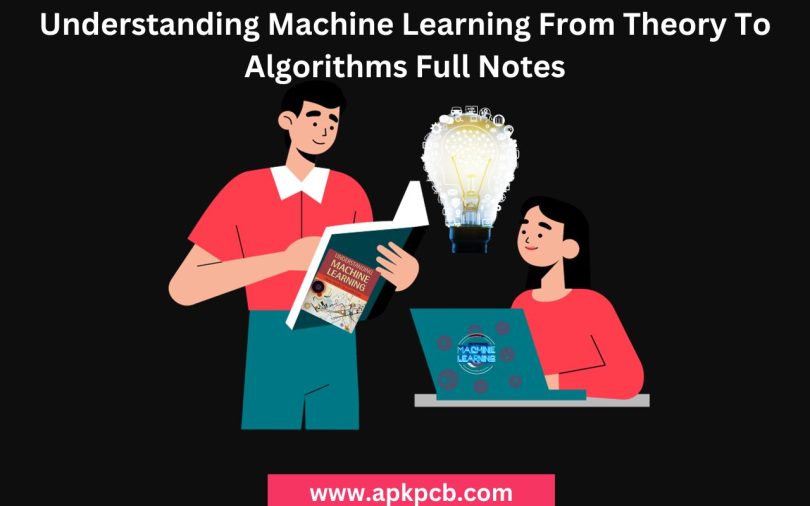A key component of artificial intelligence, machine learning has become essential in today’s society due to the abundance of large datasets. Machine learning algorithms play a pivotal role in this data-driven environment by facilitating the extraction of significant insights, streamlining complex tasks, and increasing productivity in several sectors. Shai Shalev-Shwartz and Shai Ben-David’s book “Understanding Machine Learning: From Theory to Algorithm” stands out as an essential teaching resource because it adeptly bridges the gap between theoretical underpinnings and real-world applications. The book thoroughly covers basic ideas and explores the mathematical foundations of several algorithms, delving into the core of machine learning. Its strength is not only in how well it explains things, but also in how thorough it is, making it understandable to both beginners and experts alike. The book guarantees a hands-on learning experience by including practical activities and real-world examples, allowing learners to apply learned material efficiently. The advantages of reading this book go beyond intellectual comprehension; it gives readers the ability to negotiate the ever-changing field of machine learning and provide a strong basis for creating and using machine learning solutions. This book is a great resource for anyone interested in learning more about artificial intelligence (AI), be they a student, professional wishing to advance their skills, or hobbyist looking to explore the field. It provides a clear path for utilizing machine learning to create useful and significant applications across a range of industries.
We cover these topics:
- Introduction to machine Learning
- Statistical Learning Framework
- Empirical Risk Minimization
- PAC Learning (Probably Approximately Correct)
- Uniform Convergence
- Bias-Complexity Tradeoff
- VC-Dimension (Vapnik-Chervonenkis Dimension)
- Nonuniform Learnability
- Computational Complexity of Learning
- Linear Predictors
- Boosting
- Model Selection and Validation
- Convex Learning Problems
- Regularization and Stability
- Stochastic Gradient Descent
- Support Vector Machines
- Kernel Methods
- Decision Trees
- Nearest Neighbor
- Neural Networks








